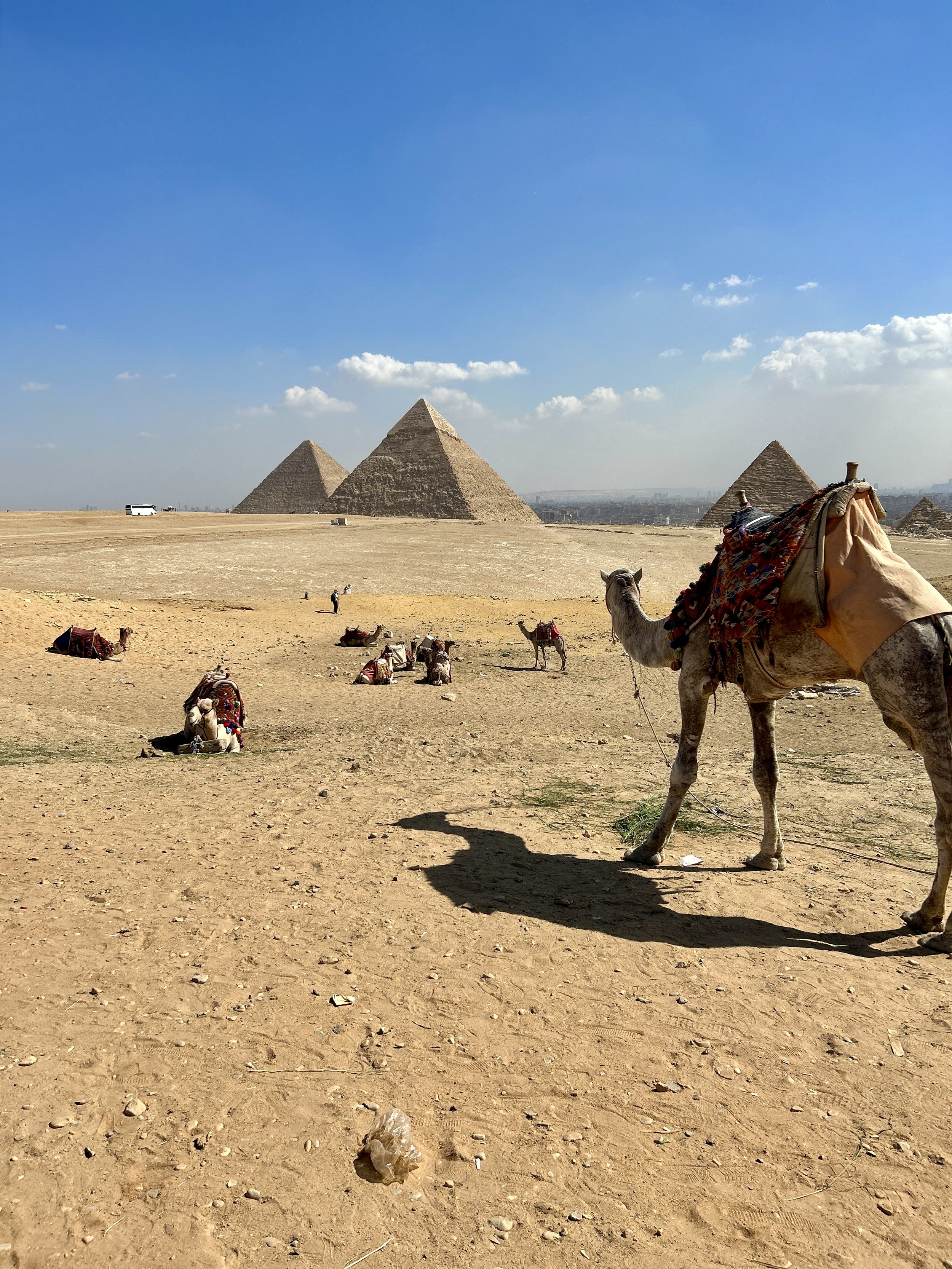We Welcome You To The Acropolis, The Birthplace of Athens
Athens was born from the Acropolis. According to myth, the city came about as the result of a family feud. Seeking out a patron god for their small community the people of would be Athens essentially announced tryouts. Poseidon, god of the earth and seas and Athena, his niece, and goddess of war and wisdom stepped forward. The people then gathered upon the then barren Acropolis where the two gods would present them with one gift each. The god with the best gift would be announced the patron god of the city.
Poseidon went first and with his trident struck down upon the mountain and where he struck a well was sprung but as the god of the sea, the water was salty and brackish. The people had little use for salt water, and though thankful he showed up, the people politely turned their unimpressed attention to Athena. Knowing she had this in the bag, Athena presented the people with the simple gift of an olive tree. If you've ever been to Greece you can imagine how well this went over with the people. With cheers of joy over the new gift of their beloved tree, Athena was proclaimed the winner and so this once nameless city would be known as Athens.
Soon after, construction on the first Parthenon would begin to honor the city's newly appointed patron goddess. This first temple, known as the Pre-Parthenon or Old Parthenon would ultimately be burned down in 480 BC during the Persian invasion led by King Darius the Great, who would later be defeated at the Battle of Marathon. Left in ruin for over thirty years in accordance with the Treaty of Marathon which mandated the destruction of the invasion remain in memorial to the war across Greece, in 447 BC the Athenians had enough of the rumble and began construction on the structure we now see today.
Since then, the Parthenon and the Acropolis have endured invasions and occupations. From the Romans whose structures dot your ascent, including a still actively used theater, distinct in its use of bricks and mortar, to the Ottoman Empire which saw the Parthenon converted to a mosque. A war with the Venetians resulted in the crippling explosion which ripped the roof right off the temple, and later, even Nazis occupied it. Nazis, I hate these guys.
Despite all this, the three iconic temples of Athena, Nike, and Poseidon still stand. Yes, as a consolation prize for participating Poseidon received his very own temple on top of the mountain. Albeit smaller, it does hold a particular place of honor in the shadow of his niece's temple. For if you visit it to this day and venture down a walkway and through the grove of olive trees you will find the remains of a well of brackish water. Gouged into the mountain by some mighty force. Here you stand in the cradle of Athens in the land where myth might just be reality.
Want to learn more? Check out our trip calendar for our next trip to Greece. Be a guest blogger by sending us an email to staff@voyedgerx.com. See you out there!


























